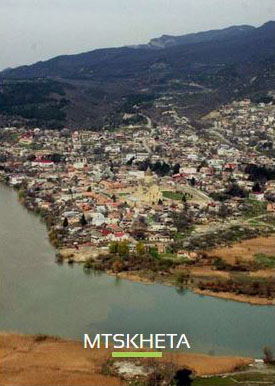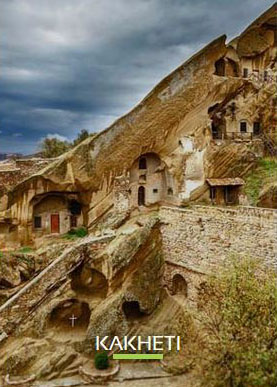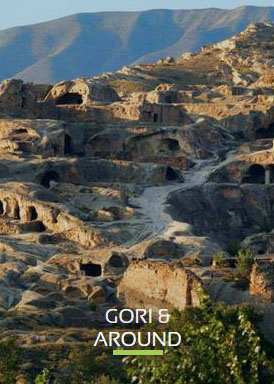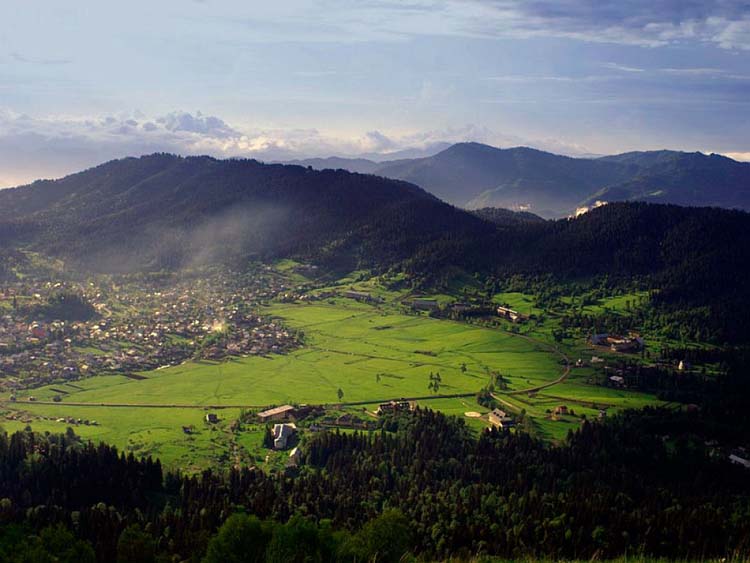
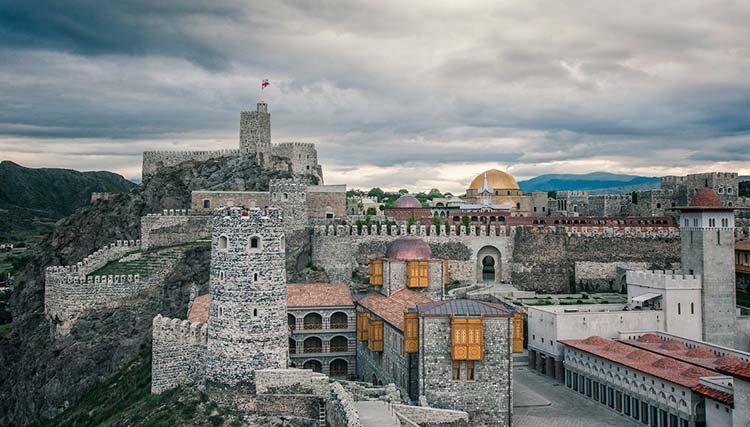
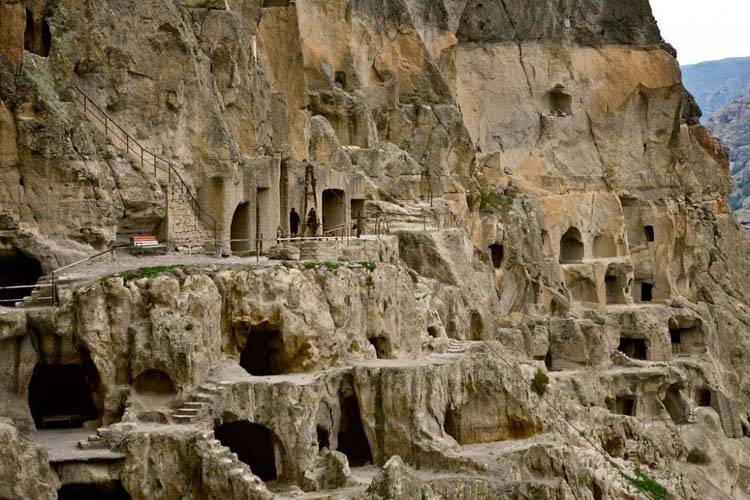
Borjomi, Bakuriani, Akhaltsikhe & Vardzia
SAMTSKHE - JAVAKHETI
BORJOMI
Borjomi, located in the south-central part of Georgia, is renowned for its resort offerings. Positioned in the scenic Borjomi Gorge on the eastern border of the Borjomi-Kharagauli National Park, it constitutes one of the northwestern sectors of the Samtskhe-Javakheti region.
This picturesque town is celebrated for several prominent features. Firstly, it serves as a hub for the mineral water industry, marking a significant export of Georgia. Secondly, it houses the Romanov summer palace situated in Likani, adding to its historical allure. Thirdly, the Borjomi-Kharagauli National Park, designated as a World Wide Fund for Nature site, further contributes to the town's appeal. Moreover, the bottling of Borjomi mineral water stands as a principal economic driver for the region.
The therapeutic potential attributed to the mineral springs in the area has positioned Borjomi as a popular destination for individuals seeking relief from health issues. The curative powers of these mineral springs draw people seeking their potential benefits.
BAKURIANI
And Kutaisi bus station, price 10-11 GEL.
For more details about bakuriani please visit official Bakuriani Page:
http://bakuriani.ge/ and http://www.bakuriani.ski/
VARDZIA
Vardzia is a cave monastery site in southern Georgia. The main period of construction was the second half of the 12th century. The caves stretch along the cliff for some five hundred metres and in up to nineteen tiers. The Church of the Dormition, dating to the 1180s during the golden age of King Tamar, has an important series of wall paintings. The site was largely abandoned after the Ottoman takeover in the sixteenth century. Now part of a state heritage reserve, the extended area of Vardzia-Khertvisi has been submitted for future inscription on the UNESCO World Heritage List. You can see Vardzia in a day trip from Akhaltsikhe or Borjomi, but the Vardzia area is so magical that an overnight (or longer) stay is well worthwhile.
Although corresponding photos are of Vardzia Cave Town, location is incorrect. Don't be mistaken!
Here is the location of Vardzia Caves, a big highlit of Georgia: https://goo.gl/maps/KkxqPu3FtaCySwzm6


 ქართული
ქართული
 Русский
Русский

